The Coa Valley Archaeological Museum
(Otherwise known by the cumbersome title of
The Museum of Art and Archaeology of "Vale do Côa")
Here’s a preview of the museum, which I wrote just before it opened.
As one drives up to a cliff overlooking the gorge, the museum is nowhere in sight, since one arrives on its roof, which is worked into a crest overlooking the valley. To make it even more fitting, the same slate that the art is engraved on at over 60 sites along the Côa was powdered into the cement, which was then held in place by huge slate slabs that lent their grain to the rock-colored walls. They're so suggestive that one can't help but look for engravings of animals even in the reinforced concrete!
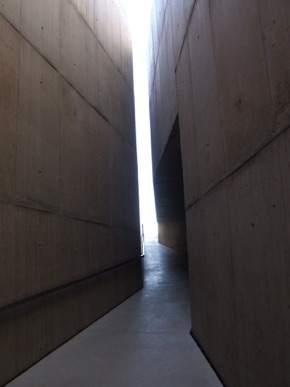
Although the museum seems to have been influenced by such bold works of modern design as the Pulitzer Museum in Saint Louis by Tadao Ando, its megalithic architectural vernacular works especially well here with its setting and subject - rock art in a region of cliffs.
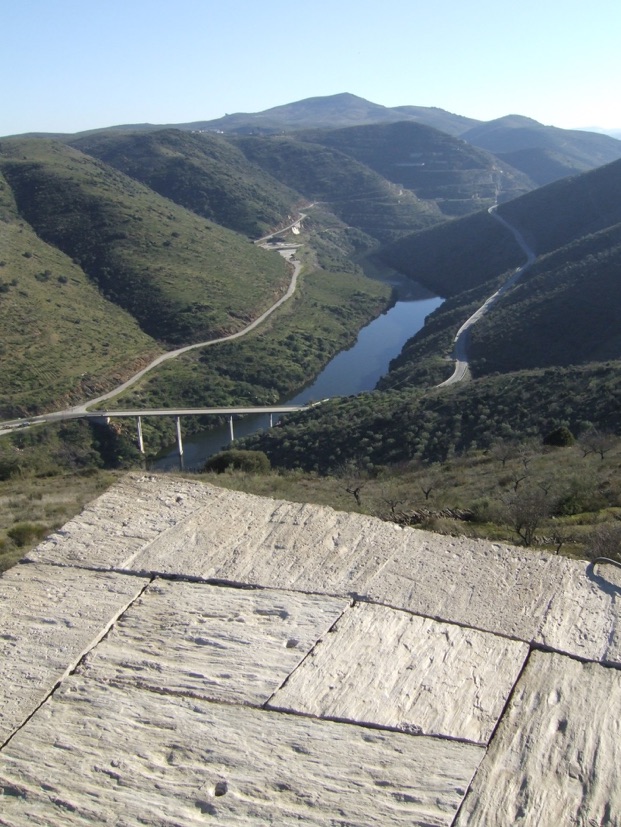
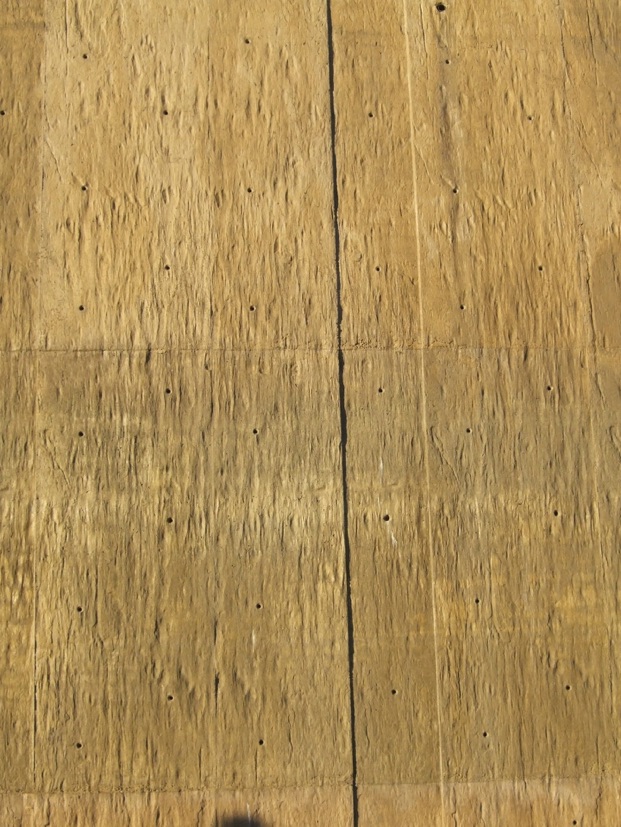
After looking at real petroglyphs all day, I couldn’t help but look for more among the patterns imprinted onto the museum’s walls, which were ingeniously made out of cement laced with powdered slate - giving the concrete the same color as the rock on which the art outside is engraved. The walls’ natural texture is made by making the forms out of huge slate slabs rather than plywood.
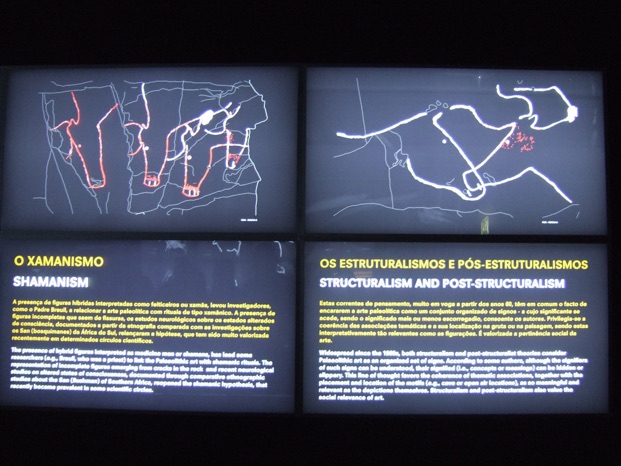
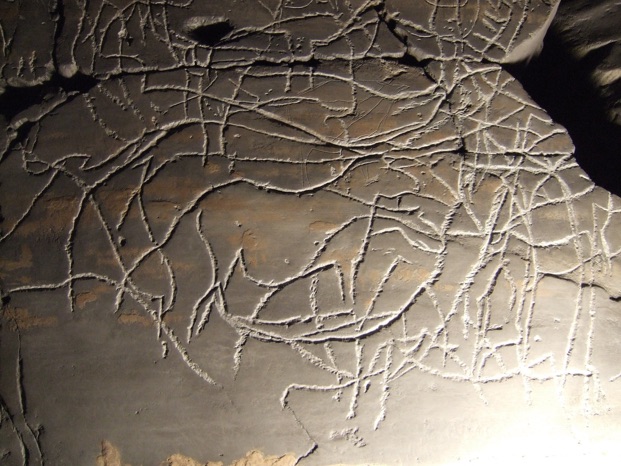
How many contours of animals can you pick out from just these small sections of a vast panorama that was found during recent excavations near our former hideout at Fariseu? The actual slab from which this replica in the museum was cast remains submerged by the water behind the coffer dam erected in preparation for building the giant dam that was stopped. If you look closely, you will see finely incised animals among the more obvious pecked ones.
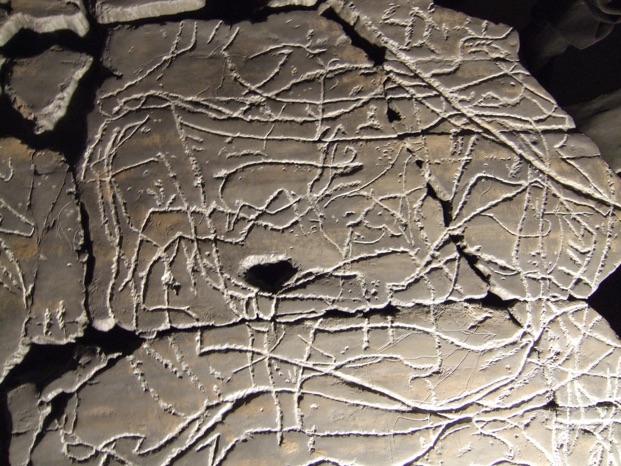
Architect’s link: http://www.camilorebelo.com/029_en.html
© 2010 Duncan Caldwell
